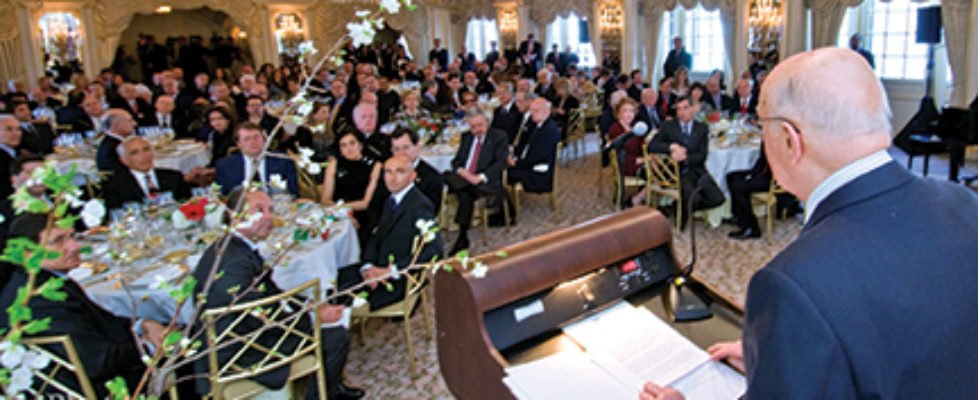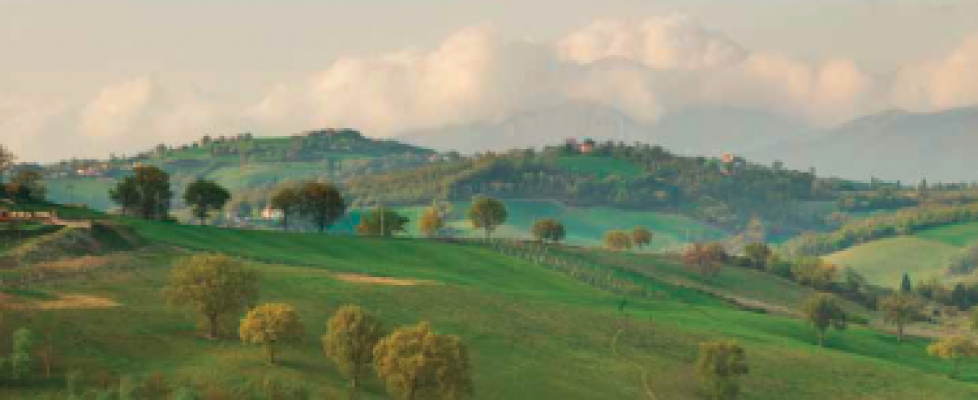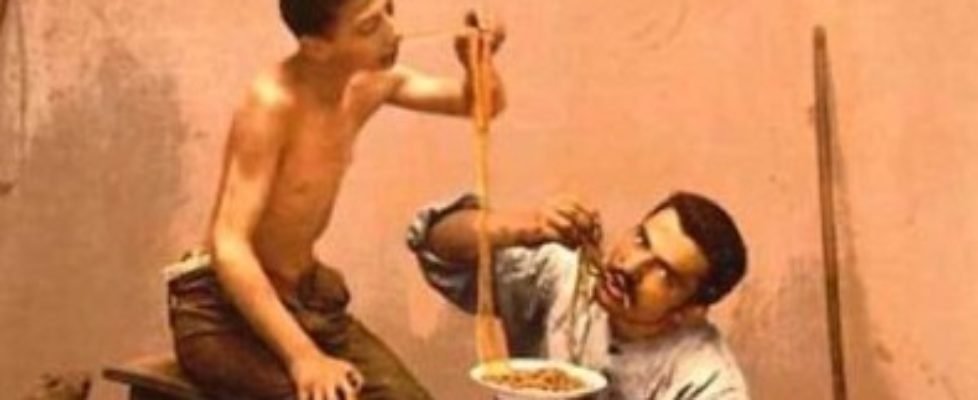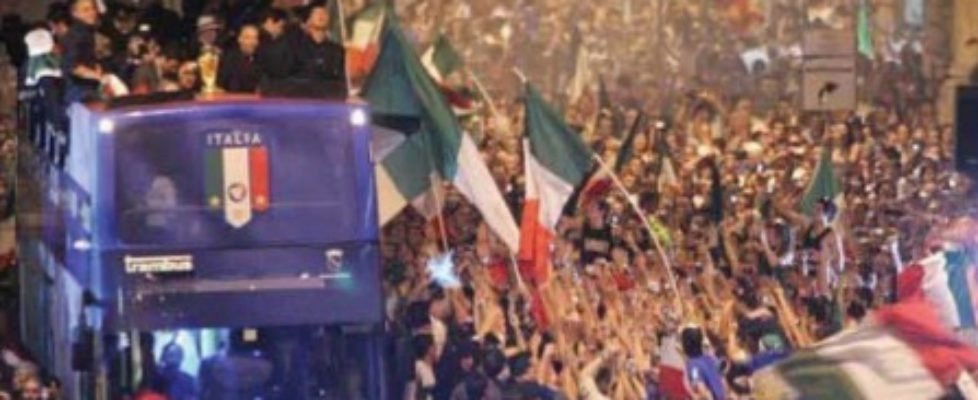A review of Italy on the 150th anniversary of its unification through various lenses –– photographic, artistic, musical, political, geographic, athletic and gastronomic..



La Scuola d’Italia Annual Gala at Cipriani’s IAF Concert Celebrates Italy’s 150th Birthday President Giorgio Napolitano Visits New York IAF and the International Culture Festival of Bergamo

by Amanda ROMERO
“I love actresses that change a lot, that search always for something new, and try not to stay caught up in just one kind of character,” said Violante Placido in an interview with British radio The Guardian . The eye-catching Roman-born actress, singer and songwriter has certainly lived up to her own ideal.

by Mauro BENEDETTI Astride the verdant slopes near where Saint Francis made his sanctuary, a medieval monastery is transformed for travelers seeking respite, healing. . . and a locally grown, homemade meal.
From the Chairman
The Italian Academy Foundation has enjoyed an upbeat year in its activities and collaborations, fulfilling our 64-year-old mission of cultural diplomacy between Italy and the United States.
by Claudia Palmira Acunto
The very land whose ruins, art, architecture and traditions date from antiquity, seems far too mature to have such a young birthday–150 years. Yet “Italy” is, in its way, this young.

by Don H. DOYLE
Italy began its modern national existence as the newly united Kingdom of Italy in the same troubled spring of 1861 that witnessed the break up of what some Europeans began calling the “dis- United States.” The Italians called their struggle for national independence and unification the Risorgimento, implying that modern Italy was to be a “resurgence” of something that came before, something destined to live again once foreign intruders were cast off. America won independence from British rule, and then, by way of treaties, wars, and expulsion, between the 1780s and 1840s the new nation wrested control of the hinterland from Spain, France, Britain, Native Americans, and Mexicans. The Italians had to dislodge several different “foreign” rulers between 1859 and 1870: Austrians in the North, Spanish Bourbons in the South, and finally the French troops defending Rome and the Papal States in central Italy.

by John MARIANI
Simply put, there was no Italian food before there was an Italy. There was Tuscan food and Ligurian food and Sicilian food and Sardinian food, but for 2,000 years there was no Italian food. Not until 1861, when most of its 20 regions were unified as a kingdom under Victor Emmanuel II, was there a country called Italy. Even then, city states like Venice and Rome, which was declared the new capital, and part of the Papal States, remained separate from the new country. Before 1861 and for a century afterwards, what people ate in Rome had little to do with what they ate in Bari, and when Florentines dined, it was not on the same food and wine enjoyed by Neapolitans or Venetians. There was regional food, but for 2,000 years there was no Italian food. Especially in the kitchen, Italians have always resisted being mere Italians.

by Daniel B. GALLAGHER
American high-school students often come away from a basic course in European geography believing that the Alps are the only major topographical feature to note in Italy’s landscape. Having studied the epic crossings of Hannibal and Napoleon, they are left with the impression that it is “all downhill from there.” I was reminded of this recently while helping some friends arrange a road trip from Rome to San Giovanni Rotondo. Much to their chagrin, they discovered that there is no “direct route” from point A to point B since a mountain range – namely the Apennines – runs down the middle of the country.

by Giovanni BIETTI
As many scholars have pointed out, before being politically united, Italy had already been musically unified by opera. Nothing could be truer: it is enough to scroll through the list of the main theatres active in the first half of the 19th century (La Scala in Milan, La Fenice in Venice, San Carlo in Naples, just to mention the three most famous ones, but also the Roman theatres, such as Valle, Argentina, or the now closed Apollo Theatre, as well as the opera houses of Bologna, Florence, Genoa, and so on) to realize that operas circulated throughout the Italian peninsula, constantly crossing the borders between the various States.

by John FOOT
When a number of intellectuals were asked, in the 1990s, what it was that held Italians together, a fair number cited the national soccer team. When Italy play in international tournaments, Italian flags – normally so rare – suddenly spring up on windowsills and on rooftops. In Naples in 2002 I witnessed an enormous Italian flag – which had been paid for by a door-to-door collection – being hung across a small urban street. Within days, Italy were out, and the flag came down. In a young and regionally divided nation, soccer has formed a powerful glue around which national identity has been able to form. La Nazionale – the national team – has always inspired classic nationalist sentiments, flag-waving, celebration and discussion. Italians are united when Italia is playing, at least in their support for the team itself.